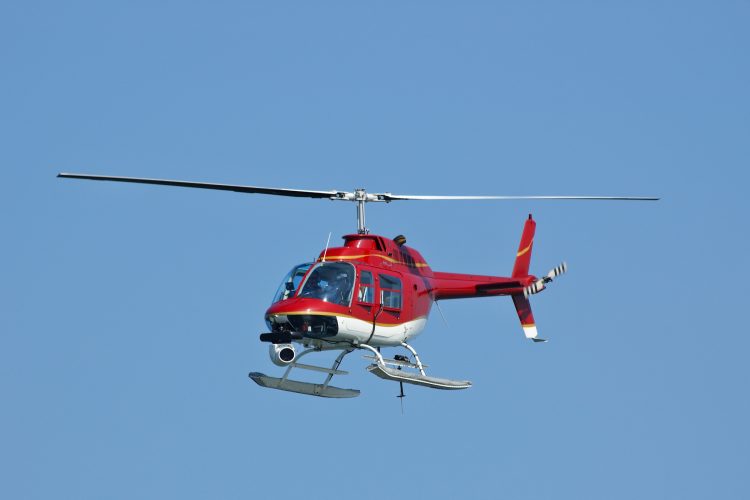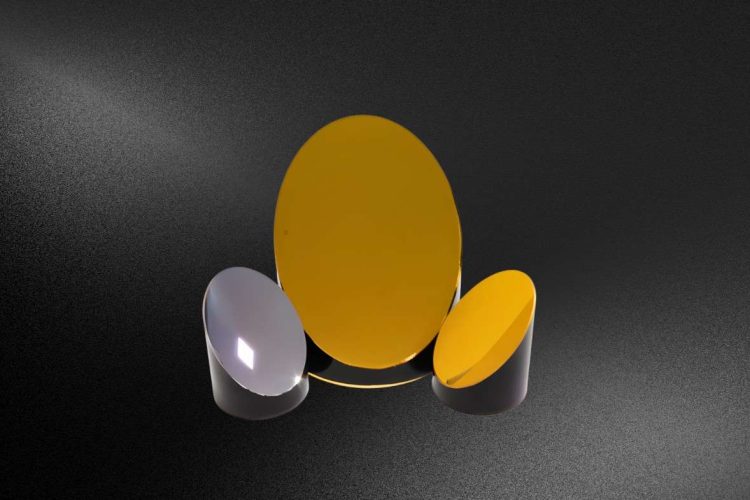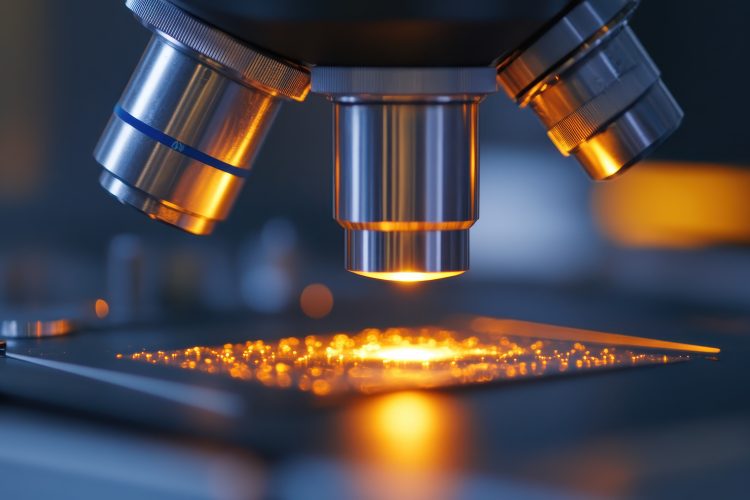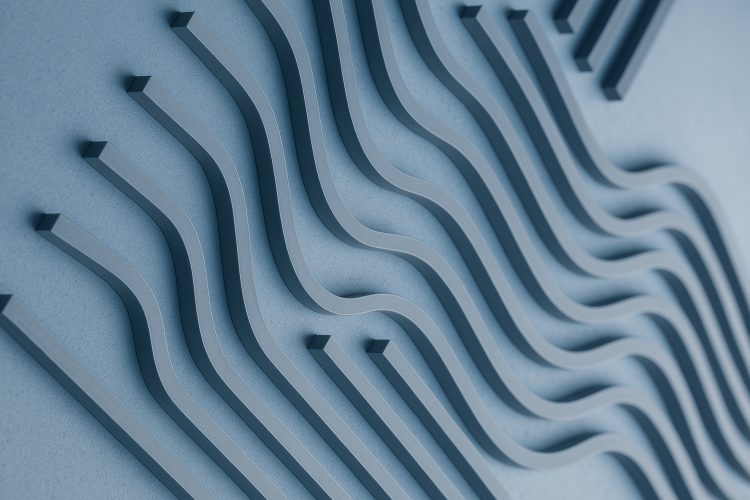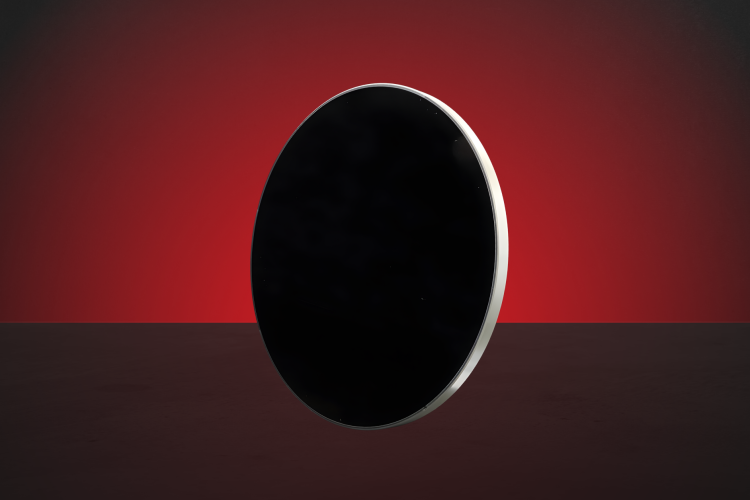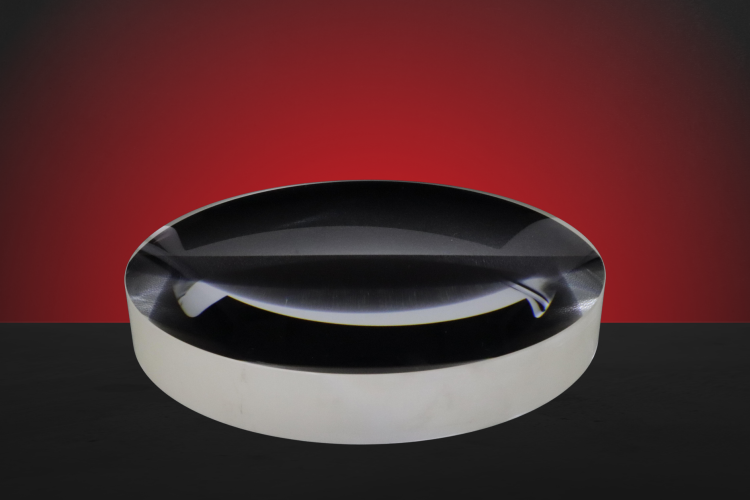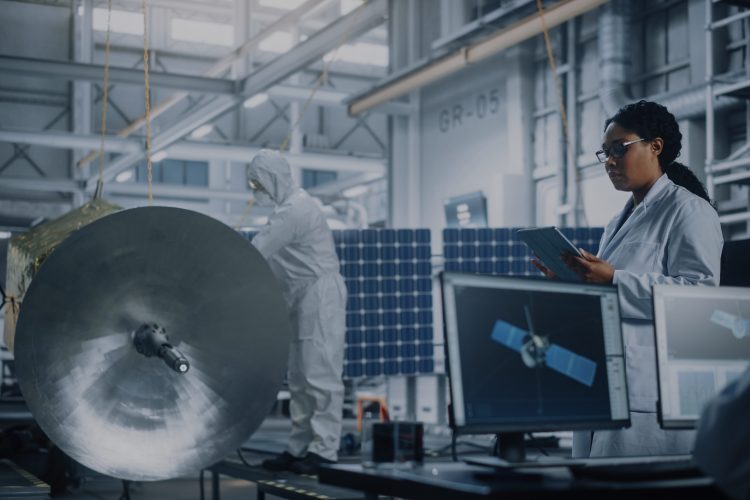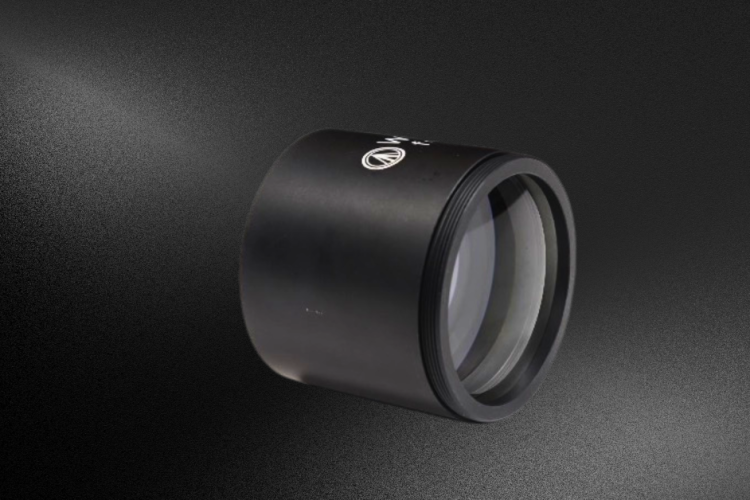Key Takeaways Avantier’s fixed focal length lenses deliver superior stability, high resolution, and dependable performance for helicopter aerial photography. Our optimized optical design minimizes vibration effects, ensuring sharp, distortion-controlled imaging for applications such as mapping and inspection. Lightweight construction enhances aircraft balance and gimbal integration, while wide temperature and shock tolerance ensure durability in demanding […]


